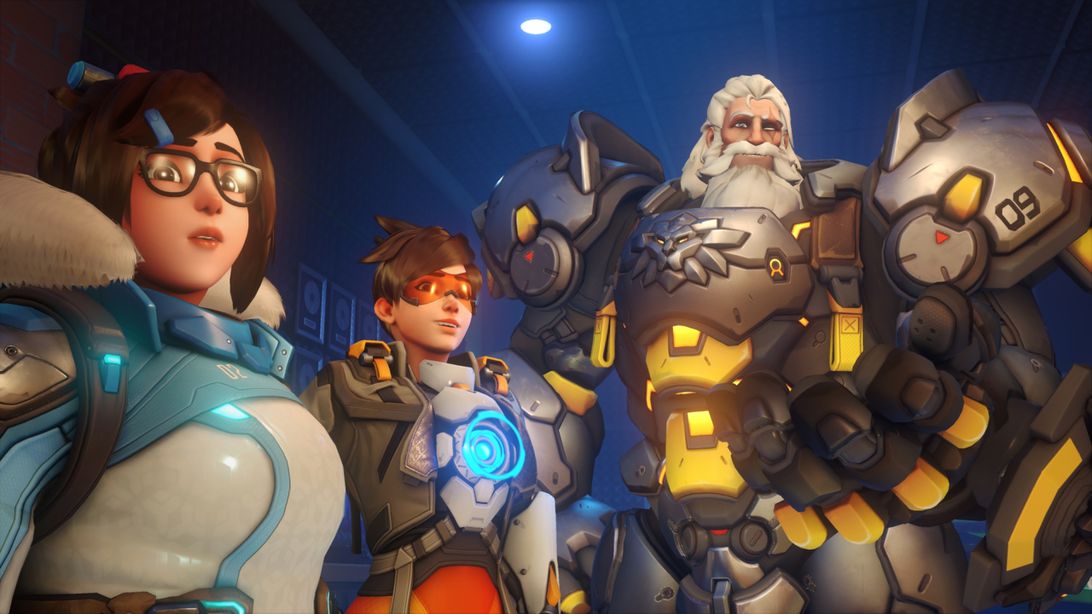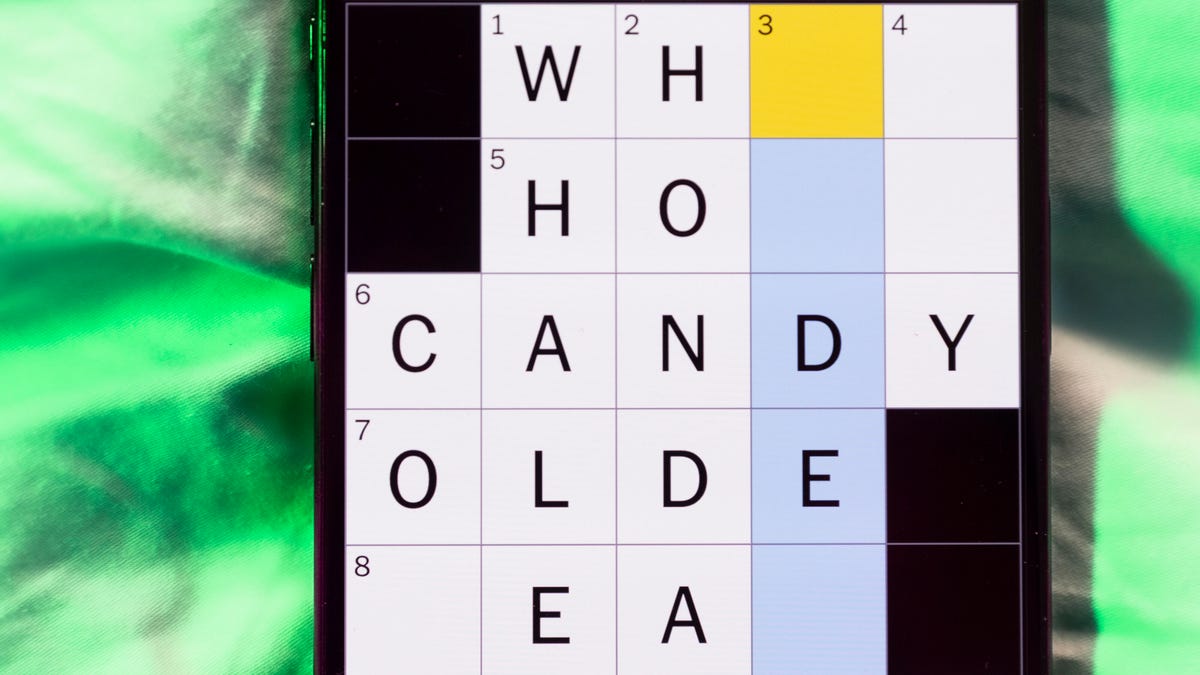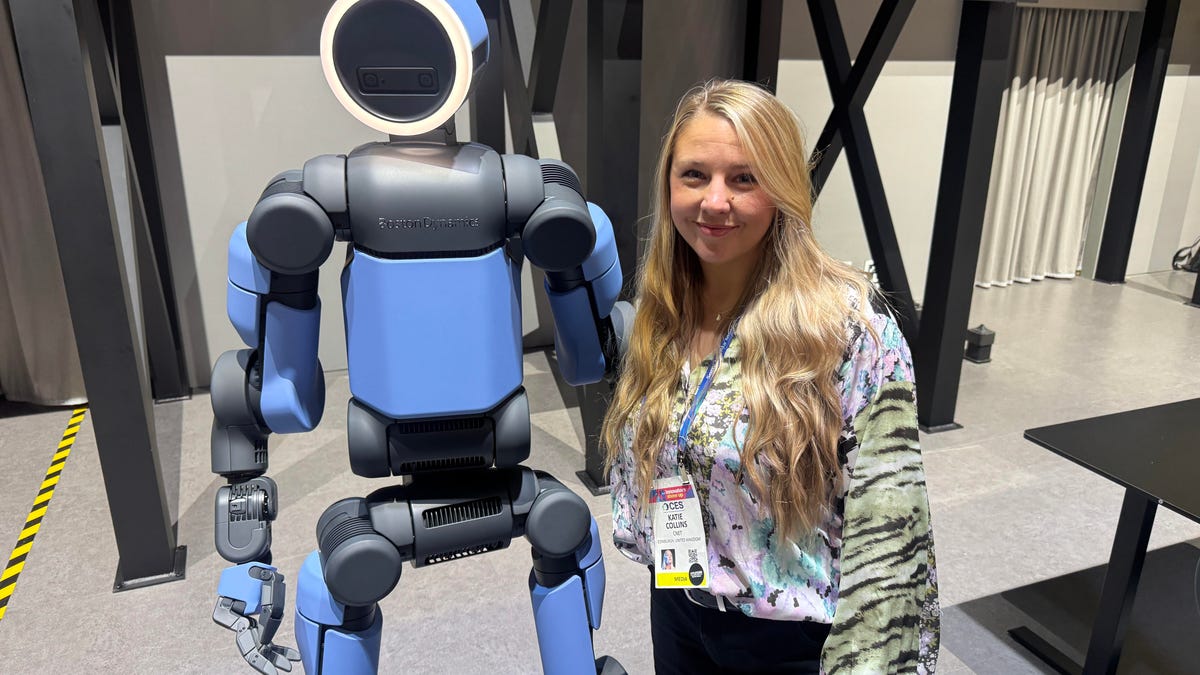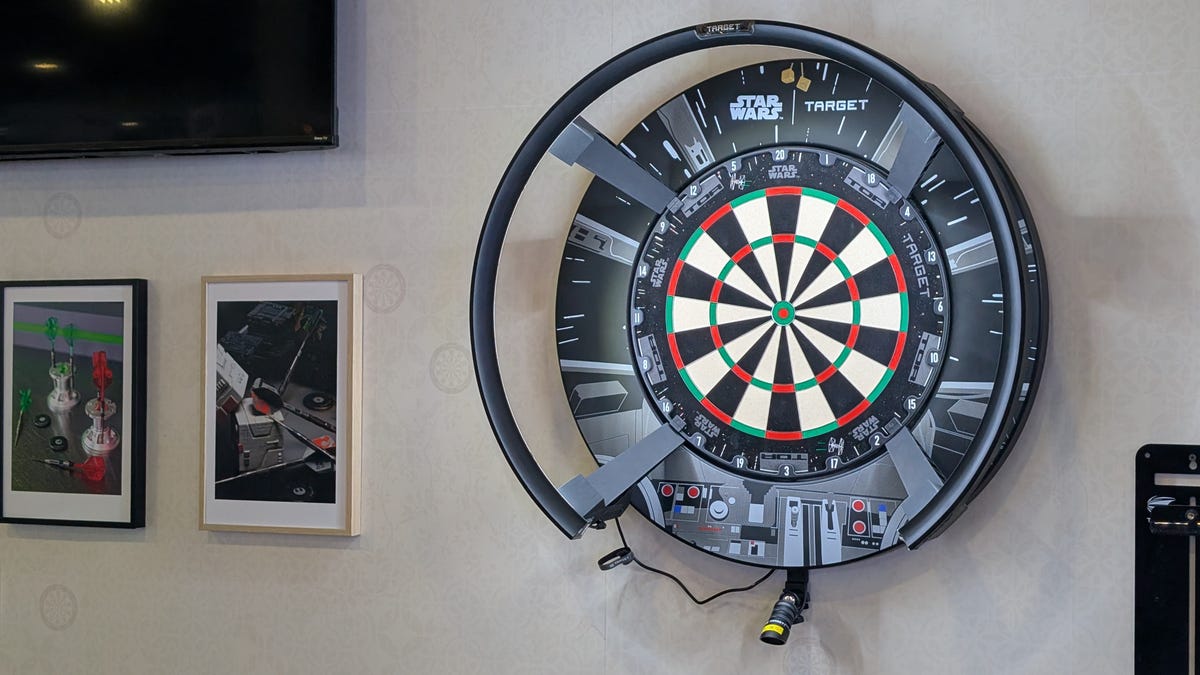Technologies
Microsoft promises to change toxic work culture at Activision Blizzard
The tech giant knows it is facing turmoil within its new acquisition.

Over the past couple years, employees’ public accounts of toxic work environments have led to reckonings around Silicon Valley and promises from management to be better. On Tuesday, Microsoft made a similar pledge, though not for itself. The tech giant pointed to the litany of abuse and harassment allegations at its latest acquisition target, game maker Activision Blizzard, and promised that behavior would no longer be tolerated.
Amid Microsoft’s announced plans to buy Activision Blizzard for the eye-popping amount of nearly $69 billion in cash, the tech giant’s leaders spoke the usual pomp about how important the deal was. Microsoft would be bolstering its already enormous Xbox video game division with the teams behind some of the most popular franchises in the world, including the online battle games Overwatch and Call of Duty, as well as the fantasy behemoth World of Warcraft and mobile mainstay Candy Crush.
But Microsoft CEO Satya Nadella also quickly pivoted to acknowledge that he isn’t just buying a company and its brands. Microsoft will also be taking over a sprawling organization under intense scrutiny over public claims of harassment, discrimination and more, all tolerated for years in an alleged «bro culture» atmosphere. On a conference call with investors shortly after announcing the purchase, Nadella discussed how he’s changed Microsoft’s cutthroat ways and how his lieutenant Phil Spencer would do the same with Activision Blizzard.
«The culture of our organization is my No. 1 priority,» Nadella said during his introductory remarks. «This means we must continuously improve the lived experience of our employees and create an environment that allows us to constantly drive everyday improvement in our culture.»
In doing so, he effectively promised to turn around a company that, while successful, is engulfed in scandal. «We are supportive of the goals and the work Activision Blizzard is doing and we also recognize that after the close, we will have significant work to do in order to continue to build a culture where everyone can do their best work,» he said in a thinly veiled criticism of past leadership. «It requires consistency, commitment, and leadership that not only talks the talk but walks the walk.»
It’s a tall order for Microsoft and Nadella to take on. But those who’ve watched his work say he and his lieutenants may be among the best suited to pull it off. And that’s in part because of how much Microsoft itself has changed.
Just a decade ago, Microsoft was seen largely as a monopolistic force in the computer world, reinforced through its toxic work culture. The company’s ruthlessness both inside and out were so widely documented over the years that a cartoonist once drew an organizational chart depicting Microsoft’s divisions as warring gangs pointing guns at one another. And when Google went public in 2004, it established a corporate ethos that became as much mantra as it was a referendum on Microsoft: «Don’t be evil.«
In 2014, shortly after Nadella was appointed as Microsoft’s third CEO, he set about for a fix. In his book Hit Refresh: The Quest to Rediscover Microsoft’s Soul and Imagine a Better Future for Everyone, Nadella described how he’d inherited a senior leadership team that was «more like a group of individuals» operating in silos. He asked each to read Marshall Rosenberg’s Nonviolent Communication, a guide to building compassion in organizations. Over time, he said, executives grilled and sniped at each other less, and supported one another more.
Nadella still stumbled, famously giving an «inarticulate» answer in 2014 when asked for advice for women seeking a raise while he was being interviewed on stage at the Grace Hopper Celebration for women in tech. Four years later, when CNET Editor-in-Chief Connie Guglielmo asked him to try again, Nadella said people need to advocate for themselves and find allies who won’t accept the status quo. He also said it’s on leaders, like him, to listen to those advocates.
With Activision Blizzard, Nadella said he’ll rely on Spencer, head of Microsoft Gaming and the Xbox division. Nadella described Spencer as having «demonstrated leadership driving both gaming business success as well as cultural change.» Activision Blizzard CEO Bobby Kotick, who was accused in a blockbuster Wall Street Journal investigation of having at times ignored, covered up and even participated in bad behavior at the company, told employees in a conference call published by the Washington Post Thursday that he will remain in his job until the deal closes in June 2023 and any longer Microsoft wishes him to stay.
The Activision Blizzard King Workers Alliance, which helped organize walkouts and protests over the past six months, tweeted a statement saying its efforts wouldn’t end with Microsoft’s acquisition.
«We remain committed to fighting for workplace improvements and the rights of our employees regardless of who is financially in control of the company,» the group tweeted Tuesday. «Whatever the leadership structure of the company, we will continue our push to #EndAbuseInGaming.»
Microsoft and Activision declined to make executives available for comment.
Under pressure
In an odd way, Activision Blizzard’s cultural issues appear to have driven the company into Microsoft’s hands. Activision Blizzard’s stock was floating near all-time highs last year until July, when it was sued by the California Department of Fair Employment and Housing, which accused the gaming giant of discriminating against its female workforce and fomenting a toxic work culture. The suit quickly triggered public letters from employees that criticized the company’s leadership, followed by employee walkouts and online activism.
Kotick, according to the Journal’s reporting, was aware of many of the issues outlined in the suit but reportedly failed to inform the company’s board of directors of «everything he knew,» including a 2018 settlement with a former employee at one of Activision’s studios who was allegedly raped by a supervisor. Kotick at the time said the Journal’s article «paints an inaccurate and misleading view of our company, of me personally, and my leadership,» a sentiment repeated by the company’s spokespeople.
Still, investors were unconvinced, pushing the company’s stock down as much as 40% before Microsoft’s purchase was made public, for the same $95 per share that the stock was worth just a year ago.
Carolina Milanesi, an analyst at Creative Strategies who’s watched Microsoft’s moves closely over the years, noted how often Microsoft discussed culture throughout its announcements on Tuesday, both by Nadella and Spencer, the latter of whom said, «We believe firmly that the great teams at Activision Blizzard have their best work in front of them, and we’re looking forward to making sure they feel supported, safe and engaged in every aspect of their work going forward.»
The focus on culture was «spot on,» Milanesi said. «The problem was with management, not the employees,» she added. «You get rid of management and put the employees in a good environment.»
Microsoft also published headshots of its gaming division’s leadership in connection with the announcement, and Milanesi noted that half the roles were filled by women and reflected racial diversity as well, an unusual sight in tech land. «I don’t think it would have been a possibility for them to keep the old management on» at Activision, she said. «Especially how employees responded, clearly it wasn’t good for the company.»
Though Kotick may not become a Microsoft employee, he will be paid a generous sum. His stock holdings alone will be worth nearly $400 million.
New game
Whether Microsoft can right Activision’s ship is still an open question, even if its executives so far have «talked the talk,» as Nadella noted. It may help that Microsoft has faced its own reckonings over the years, both in a 2015 class action discrimination suit and again in 2019 when employees protested its own «boys club» culture.
Microsoft’s HR head, Kathleen Hogan, wrote to employees following the 2019 revelations that she was «appalled and sad to hear» about their experiences and agreed that these problems must be resolved as a company. Microsoft shared the email publicly, in which Hogan said, «We must do better.»
So far, it appears Microsoft’s made headway. Nine out of 10 employees who left reviews on Glassdoor said they’d recommend working at Microsoft to a friend, and 97% approved of Nadella’s work as CEO.
«The deal and a renewed commitment to culture should enable Activision Blizzard to eventually move beyond the in-house issues that have surfaced,» Wedbush Securities analyst Michael Pachter wrote in a message to investors after Microsoft’s announcement. «We think that Microsoft’s intolerance of workforce discrimination and harassment will overwhelm any issues that remain at Activision.»
One other thing that may help is Microsoft’s corporate mission. The tech giant’s taken clear stands on not just harassment but also human rights and other global and political issues that many game companies have either avoided or outright mishandled. Activision Blizzard itself was harshly criticized for its reaction against a competitive gamer who expressed support for democratic protests in Hong Kong in 2019.
«Many executives from the games industry have always been on the fringes and haven’t had to think much about these things,» said Joost van Dreunen, a professor at NYU Stern School of Business and author of the book One Up: Creativity, Competition, and the Global Business of Video Games. «Microsoft has these questions answered. They know their place, and they have it thought through.»
To him, Microsoft also appears to be walking the walk of its Xbox division’s «for everyone» mantra, from its efforts to take on harassment in the gaming community to initiatives like its Xbox Adaptive Controller for disabled players.
«You don’t see that as much at Activision,» he said. At least not yet.
Technologies
Today’s NYT Mini Crossword Answers for Friday, Jan. 9
Here are the answers for The New York Times Mini Crossword for Jan. 9.

Looking for the most recent Mini Crossword answer? Click here for today’s Mini Crossword hints, as well as our daily answers and hints for The New York Times Wordle, Strands, Connections and Connections: Sports Edition puzzles.
Need some help with today’s Mini Crossword? The Across clues were kind of tough today. Read on for all the answers. And if you could use some hints and guidance for daily solving, check out our Mini Crossword tips.
If you’re looking for today’s Wordle, Connections, Connections: Sports Edition and Strands answers, you can visit CNET’s NYT puzzle hints page.
Read more: Tips and Tricks for Solving The New York Times Mini Crossword
Let’s get to those Mini Crossword clues and answers.
Mini across clues and answers
1A clue: Question in a late-night text
Answer: YOUUP
6A clue: Plentiful
Answer: AMPLE
7A clue: Saint ___ and Nevis (Caribbean nation)
Answer: KITTS
8A clue: Baby-bringing bird
Answer: STORK
9A clue: Take care of the tab
Answer: PAY
Mini down clues and answers
1D clue: Himalayan herbivores
Answer: YAKS
2D clue: Fail to include
Answer: OMIT
3D clue: «High five!»
Answer: UPTOP
4D clue: The «U» of UV rays
Answer: ULTRA
5D clue: Annoying to deal with
Answer: PESKY
Don’t miss any of our unbiased tech content and lab-based reviews. Add CNET as a preferred Google source.
Technologies
I Got Up Close and Personal With Boston Dynamics’ New Atlas Robot
Before Atlas takes its first steps into the world of work later this year, I found myself face-to-face with CES 2026’s most talked-about robot on the show floor.

When I say that I went hands-on with the new Boston Dynamics Atlas robot, I mean that I actually held hands with it. This humanoid robot, which CNET just awarded the Best Robot of CES Award, is one of the most advanced in the world, and I couldn’t pass up the opportunity to get up close and personal with it.
This product version of the robot, which is set to be shipped to Hyundai factories imminently to start working, has been the talk of CES this year. The specific Atlas robot I encountered was a static model that wasn’t turned on or fully operational. Our interactions were, therefore, sadly one-sided. Still, I ran my hands over its soft-touch plastic shell and gently prodded at its finger joints, wondering how it would feel if they gripped me back.
People tend to have varying feelings about humanoid robots — understandable given that they are built to some degree in our image, while also usually being stronger than us, with «brains» that we don’t fully understand. Atlas definitely evokes contradictory emotions for me — even more so when I stood face-to-face with it.
I’m in awe of the engineering, a little fearful of its capabilities, hesitant about what it could mean for the future of humanity and charmed by its design and styling. The periwinkle blue iteration of Atlas that I met on the show floor at CES 2026 almost bears more resemblance to a Dyson product than it does the industrial robots that defined Boston Dynamics’ early days, when it was best known for its work with DARPA.
«There’s a lot of really specific things about this robot that probably look a little weird,» said Zachary Jackowski, Boston Dynamics VP and general manager of Atlas. He pointed to the legs, which he described as «like nothing anyone else was doing.»
Atlas’ thighs are narrow set and in line with the torso, while the calves are wider set, attached to their upper counterparts with a circular joint. This robot is, in fact, all subtle curves and soft lines. There are no harsh edges or stark angles.
During a year when CES has been flooded with humanoid robots, Atlas definitely does stand out due to its design. It appears both less classically human and less industrial than some of its peers, while also lacking the often intimidating, featureless faces they tend to exhibit. Instead, it has two low-set cameras resembling eyes placed where you’d usually expect a mouth to be. Its face is a perfect flat circle, defined by an LED halo that gives it a somewhat Pixar lamp effect.
I asked Jackowski why Boston Dynamics decided to skew so relatively unhuman with this version of its humanoid. «Well, it’s not a human,» he said. «It projects the wrong first impression about a robot to have it pretend to be something that it’s not.»
Particularly in the early days of humanoids, he added, robots won’t have anything like human-like intelligence. People should look at it and see it for what it is — a tool for performing tasks safely and efficiently.
In fact, most of the design decisions were made to keep Atlas as simple, scalable and safe as possible, Jackowski said. I remark that there’s some irony in thinking of a humanoid robot as simple, given the complexity of the technology and development process to bring Atlas to life.
The key to making it simple, Jackowski said, is having a strong enough grasp of the technology to «accomplish the complex thing of building a humanoid robot,» but then being able to take it apart and understand that you can use fewer computers and actuators in it while achieving the same results.
And it’s essential to Boston Dynamics that Atlas is perceived as simple. After all, it’s a general-purpose humanoid, which might eventually be sent far and wide to fulfil all manner of roles. Jackowski calls it the «ultimate generalist.»
Simplicity aside, there are aspects of Atlas that Jackowski believes set it apart from other humanoids at the show. «The repairability of this robot is crazy good,» he said. «The runtime is crazy good. The strength is unlike anything.»
From working in Hyundai’s manufacturing plants, Atlas’s job trajectory is to eventually graduate to many of the same industrial environments where Boston Dynamics’ Spot robot works, before moving to bussing tables in the service industry and eventually into the home. The robot will evolve between now and then, Jackowski said. However, this could be an early glimpse of the type of humanoid that will eventually be our housemate.
That’s some way away, though, which is probably for the best. As I gaze up at Atlas, which I’d guess is around the same height as my husband, my feeling is that, however impressive Atlas is, I’m still not ready for it to move in.
Technologies
This Star Wars Dartboard Has a Secret That Will Stop You From Using the Force to Win
This cool dartboard has cameras to track your score and keep you honest

Right in the middle of the high-tech show floor at CES 2026 sits a pub called the Bull and Barrel with some of the coolest dartboards I’ve seen. Target Darts was showcasing its collaboration with both Star Wars and Xbox. Darts may not be for everyone, but I love «shooting some arrows» in my basement with the family. I also love anything Star Wars themed, so these tick a lot of boxes.
The basic Star Wars set comes with a branded board and wall protector that resembles the cockpit of the Millennium Falcon and costs $200. The board is of very high quality, with a tight-knit sisal fiber face, and the protector is thick enough to keep stray shots out of your drywall. The graphics are cool too, with nods to the original Falcon and even have the gold dice hanging above.
The big tech twist to this board, though, is the Omni light ring around the outside. It uses four cameras to track your dart’s position, then sends that info to an app that keeps score. The scoreboard is crisp and clear and uses the voice of legendary darts announcer John McDonald to narrate your game. It’s pretty great to hear his voice announce my terrible scores.
The Omni also allows you to connect with other players worldwide via shared scoreboards. I love the idea of my dad having a board at his house or playing a match with me at my house. It adds a feeling of community to home darts that you don’t normally get outside a pub or bar.
The Omni is a much more expensive proposition than the Star Wars set, coming in at $650, but if you’re serious about the game and a Star Wars fan, it looks to be a great investment.
-

 Technologies3 года ago
Technologies3 года agoTech Companies Need to Be Held Accountable for Security, Experts Say
-

 Technologies3 года ago
Technologies3 года agoBest Handheld Game Console in 2023
-

 Technologies3 года ago
Technologies3 года agoTighten Up Your VR Game With the Best Head Straps for Quest 2
-

 Technologies4 года ago
Technologies4 года agoBlack Friday 2021: The best deals on TVs, headphones, kitchenware, and more
-

 Technologies4 года ago
Technologies4 года agoGoogle to require vaccinations as Silicon Valley rethinks return-to-office policies
-

 Technologies4 года ago
Technologies4 года agoVerum, Wickr and Threema: next generation secured messengers
-

 Technologies4 года ago
Technologies4 года agoOlivia Harlan Dekker for Verum Messenger
-

 Technologies4 года ago
Technologies4 года agoiPhone 13 event: How to watch Apple’s big announcement tomorrow
